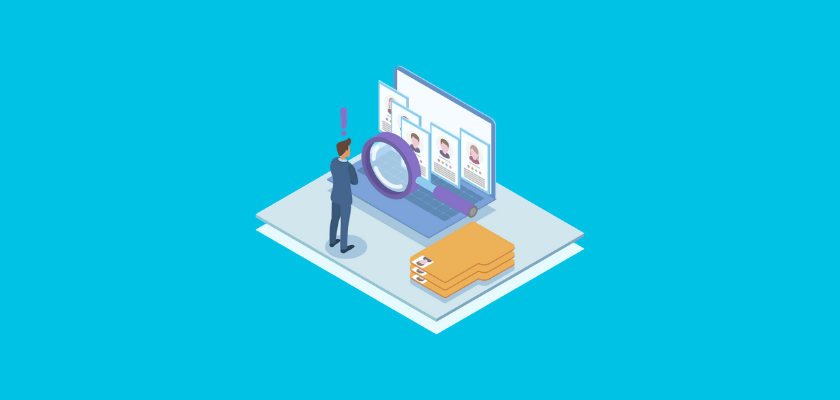Do enterprises need employee monitoring in the workplace? How should the enterprise deal with the Pros and Cons of Employee Monitoring?
If you are enquiring about any of these questions, and are curious to know the ins and out of employee monitoring ethics, then you have come to the right place. Herein I have discussed everything you need to know about employee monitoring.
In a survey by Gartner, 22% of organizations worldwide have found monitoring their employees using employee-movement data, 17% with work-computer-usage data, and 16% are using Microsoft Outlook- or calendar-usage data.
This shows how organizations are opting in different ways to look after their employees. So, firstly let me give you a brief knowledge on what actually is employee monitoring.
Highlights of Contents
What is Employee Monitoring?
Employee monitoring is basically a path chosen by employers to watch and track the work performance of each employee. The main motto is to gather information on how their employees are performing in a corporate culture, remote work culture, or even outside of the office.
Once someone is in business, whether it’s small, medium, or large, they look for growth in the business. This can only be possible if they have two-way communications.
Here, with the words ‘ two-way communication’, I mean, both the employer and employee have to work together for the company’s betterment. It might take time to do so, but employee monitoring can be a gift for some companies. It can help both employers and employees in different ways.
From the viewpoint of the employer, they can figure out :
- How are the employees executing their job?
- Are they fully capable of performing their job?
- Do they need any type of training?
- How productive are my employees?
- Have I hired under-performing employees?
In the viewpoint of employees, then can figure out:
- How much time did it take to complete a project?
- The insight helps to identify the weak point.
80% of enterprises are now monitoring employees via e-mail, internet, or phone. With these activities, they want to figure out when they hire workers for a company, are they really deserving? The answer to this question is monitoring the performance.
They need to think slightly outside-the-box to ensure that the employee is getting their work done on time. Employee monitoring software helps in performing supervision, training, and support for their staff better performance.
Now after knowing what it means? You might be thinking about how to do so?
What Steps Enterprises Should Adopt For Employee Monitoring?

There are several ways a company can start monitoring their employees’ habits and activities. However, selecting the right option and getting the most out of it is challenging. So, to make your work easy, I have listed down different types of employee monitoring tricks, any business owners can implement in their corporate culture.
Different Ways To Conduct Employee Monitoring
1. Clock-in/clock-out Systems
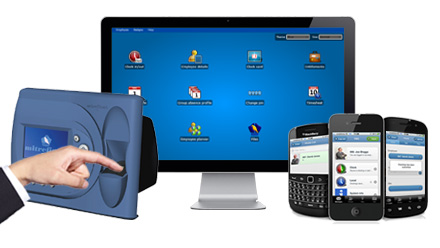 From a business perspective, each company needs an effective system to measure the time and attendance of its employees. But some of them are confused about what system would work better for tracking the time.
From a business perspective, each company needs an effective system to measure the time and attendance of its employees. But some of them are confused about what system would work better for tracking the time.
Well, we are living in a technology-oriented world, where keeping a record of staff attendance is easy. So, either you can choose a biometric time clock system or go for the time tracking Software. These both are exponentially working excellent for accessing who the employee is present on the day, their clocking in, and out.
Check: Top Clock-In And Out Apps
2. Call Monitoring or Recording
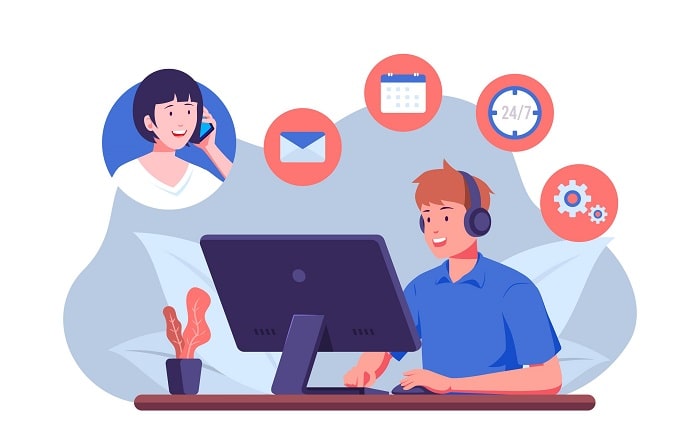 The word ‘call monitoring’ itself clears it is a way of listening to calls. However, this act is important in the work culture. This helps to manage call quality and keep the recording of important information discussed in the meeting with clients.
The word ‘call monitoring’ itself clears it is a way of listening to calls. However, this act is important in the work culture. This helps to manage call quality and keep the recording of important information discussed in the meeting with clients.
This question is even more difficult to answer whether it is good to carry call recordings at the workplace.
Well! At some instant, it is beneficial, as it provides support in training, legal response, and even keeps you away from unwanted acts. But on the other hand, your staff may find their privacy is violated.
However, recording calls consist of a legal risk. So, while recording calls, you need to get the approval of the individual before you do so. Prefer to obey all the legal rules and policies while acting as a call recording method.
3. Computer Monitoring
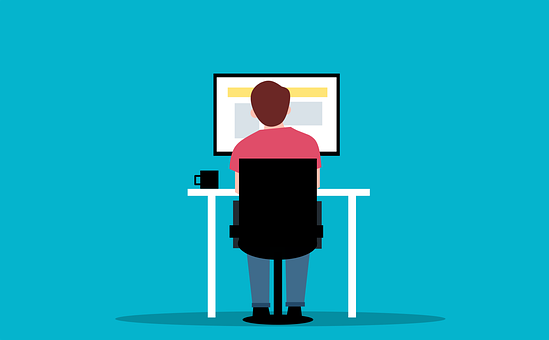 In this digital era, computers are the blessing each work environment must need. Organizations are using it to perform various activities and to store important information.
In this digital era, computers are the blessing each work environment must need. Organizations are using it to perform various activities and to store important information.
So, taking security measures to protect that information is of utmost importance because a single mistake can ultimately affect business operations and integrity.
Computer monitoring is a perfect way to know what your employees are doing in the workplace. Business owners want to make sure they’re paying employees for an honest day’s work.
They can monitor their work through computer usage. Even you can get to know the employees are not misusing or leaking important information.
Know more: Remote jobs analysis statistics
4. Utilizing Cameras in the Workplace
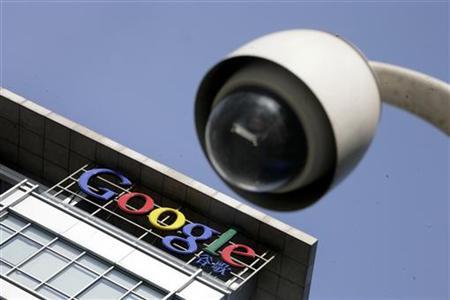 Many organizations include video cameras in the workplace for overall security in the business. There are many benefits of monitoring employees using cameras like:
Many organizations include video cameras in the workplace for overall security in the business. There are many benefits of monitoring employees using cameras like:
- A business aid camera to prevent crimes and break-ins.
- It can act as a safeguard for the company.
- Employees are safe and secure by violence or theft.
- You can monitor each visitor in the office.
5. Using Employee Monitoring Software
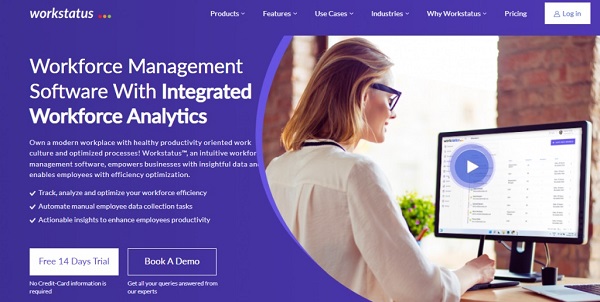 Employee monitoring software adds value to the working culture. It helps employers to analyze the working hours of their staff and monitor whether they are not spending hours watching videos and trolling social media, or, having any malicious behavior.
Employee monitoring software adds value to the working culture. It helps employers to analyze the working hours of their staff and monitor whether they are not spending hours watching videos and trolling social media, or, having any malicious behavior.
This way, they are not only improving the security of one’s business but also with these, can easily distribute the workload. Business owners must use software for evaluating productivity, tracking activity, and providing security. Such apps can track websites and can do screen captures and much more.
Different industries that can use employee monitoring software are Advertising agencies, Software developers, Designers, Attorney, Accountants, Consultants, Architects, and engineers.
Also check here: Best Work From Home Monitoring Software
Let’s Take a Look at Some of the Pros and Cons of Employee Monitoring
Employee Monitoring: Pros
- Monitoring can lead to quality control and customer satisfaction.
- It can keep your employees active and aware, as known that they’re being supervised so that they will become more conscious of their behavior.
- Helps to keep track of Internet usage, computer usage, phone usage, etc.
- By analyzing the efficiency of each employee, it can become easy to distribute the workload.
- Those employees who are monitored ultimately reduce the waste of working hours.
- Helps in dealing with problems, like harassment.
- Continuous watch on who is coming to the office, hence easy disclosure of the thefts.
- Employees can improve their performance after reviewing the mistakes.
- Easily identification of staff who needs extra training or coaching.
- It allows employees to be attentive at their workplace.
- Helps to get track of hours worked on a specific task, which can increase accuracy for invoicing.
Employee Monitoring: Cons
- Monitoring may tend to increase the stress levels of employees and might build feelings of mistrust and dissatisfaction.
- One of the most significant disadvantages of monitoring employees it may make them feel their privacy is violated.
- Sometimes monitoring can be a reason for the decrease in workers’ confidence and productivity.
- Interference in personal aspects can decrease the involvement of workers in their job
- The use of cameras in the workplace might pressure workers to behave differently.
- Crossing limits while monitoring can irritate workers to perform their job.
Read more: Time Management Matrix
Conclusion
Although, I have discussed the main point of the pros and cons of employee monitoring in this blog post. Hope this has helped you in maintaining productivity and lowering the mistake.
Moreover, supervising employees’ activities is a tough one. But with the advancement in technology, it has become easy to execute employee monitoring in the workplace and at home. And most importantly, in this COVID-19 outbreak, employee monitoring software is helping companies to monitor their remote employees.
Frequently Asked Questions
Q1- What is employee monitoring?
A1- Employee monitoring is a way of keeping a track record of worker activity while in the working environment. This practice helps the employers to gather information such as what their employees are accessing on the corporate system, attendance, time tracking, or how they are speaking to the clients inside/outside of the workplace.
Q2- Why it is important to monitor employees’ performance?
A2- When employees know that the administration is monitoring their performance and behavior, they will ultimately become more active in their work. This tends to improve the overall productivity of the business.
Q3- Why should enterprises opt for employee monitoring?
A3- Enterprise should opt for employee monitoring for the following reasons:
- Improve productivity
- Intelligent investment
- Reduce the misbehaving actions
- Reduce business risk
- Enhance compliance reporting and auditing
- Payroll processes are more efficient by tracking attendance and work hours.
Check: Workstatus vs. Clockify vs. Toggl
Q4- What are the challenges enterprises are facing during employee monitoring?
A4- Enterprises are dealing with various challenges while including employee monitoring at the workplace.
- Installing and learning new technology
- Maintaining the employees monitoring ethics
- Fulfill the new expectations of employees
- Building trust and faith in the company.
- Ensuring that the workers are not accessing unproductive sites and apps during their work time.
Q5- How can I monitor employee productivity?
A5- The best way to monitor employee productivity are listed below:
- Adopting employee activity tracking programs
- Call monitoring
- Computer monitoring
- Time tracking
- Adopting Project Management Technology
Few hand Picked articles for you
Time Management Tools for Increased Productivity
